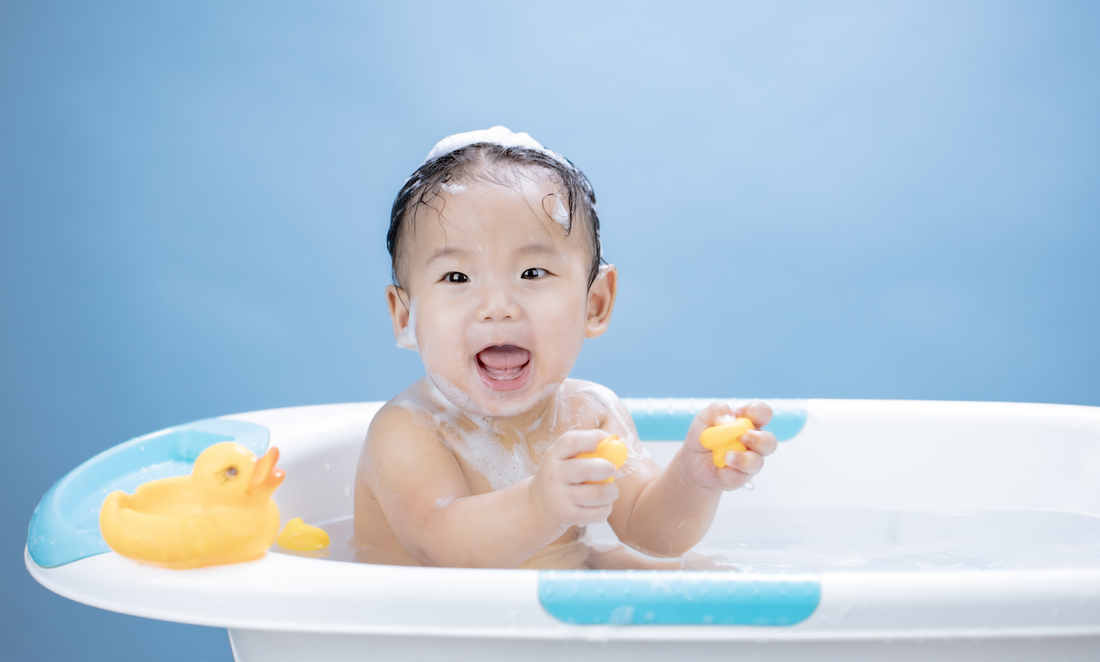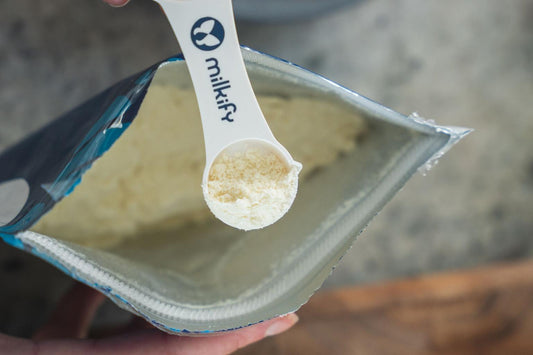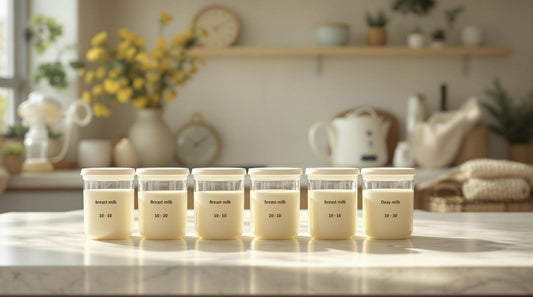Breast milk has long been recognized for its healing and nourishing properties. Many parents have discovered its benefits for treating minor skin conditions, from diaper rash to eczema. While turning breast milk into soap may seem like a creative way to preserve these benefits, it's crucial to understand the safety considerations involved.
Why Melt-and-Pour Methods Aren't Safe for Breast Milk
Many online tutorials suggest using melt-and-pour soap bases with fresh breast milk. However, this method is NOT safe because:
- Melt-and-pour bases lack the necessary lye (sodium hydroxide) for proper saponification
- Without saponification, the milk proteins and fats can go rancid
- Rancid milk products can cause severe skin irritation and dermatitis
- The preservatives in melt-and-pour bases aren't designed for fresh ingredients
Understanding Proper Soap Making
True soap making is a complex chemical process that requires:
- Precise measurements of ingredients
- Working with caustic lye (sodium hydroxide)
- Proper safety equipment and ventilation
- Understanding of soap chemistry and saponification
- Temperature control and proper curing time
One of the main ingredients used is "lye", which is extremely caustic. This means it can cause severe burns and irritation if it comes into direct contact with your skin. For this reason, we do not recommend making breast milk soap at home unless you've first had proper training and are prepared to follow best practices.
If you're interested in making breast milk soap, we strongly recommend:
- Taking professional soap making classes
- Learning basic soap making before working with breast milk
- Working alongside experienced soap makers
- Understanding proper safety protocols
- Using appropriate protective equipment
Safer Alternatives for Using Breast Milk
Instead of making soap at home, consider these safer options:
-
Direct Application
- Apply fresh breast milk to minor skin irritations
- Use a clean cotton ball or soft cloth
- Perfect for small areas needing attention
-
Milk Baths
- Add fresh breast milk to warm bath water
- Great for general skin nourishment
- No risk of chemical reactions or spoilage
-
Frozen Applications
- Freeze small portions in sterile syringes
- Thaw as needed for topical use
- Great for treating minor skin issues
-
Professional Services
- Work with experienced soap makers who specialize in breast milk products
- Ensure they use proper preservation methods
- Ask about their safety protocols and testing procedures
Working with Professional Soap Makers
If you decide to have breast milk soap professionally made:
- Ask about their soap making experience
- Inquire about their safety protocols
- Understand their preservation methods
- Request information about storage and shelf life
- Ask about their testing procedures
Signs of Unsafe Soap
Whether using homemade or professional soap, stop use if you notice:
- Any unusual odors
- Changes in color or texture
- Rancid smells
- Skin irritation or rash
- Redness or inflammation
Consulting Healthcare Providers
Always consult your pediatrician:
- Before using any new skincare products
- If you notice any skin reactions
- If you have questions about specific ingredients
- If your baby has existing skin conditions
Additional Considerations
- Fresh breast milk has immediate benefits when applied directly to skin
- Complicated processing methods may reduce beneficial properties
- Simple applications often work best for baby's sensitive skin
- Consider donating excess milk to milk banks instead of using for soap
Disclaimer: This article is for informational purposes only and does not constitute medical advice. Always consult with your healthcare provider before trying new skincare products on yourself or your baby. If you experience any adverse reactions, discontinue use immediately and seek medical attention.






